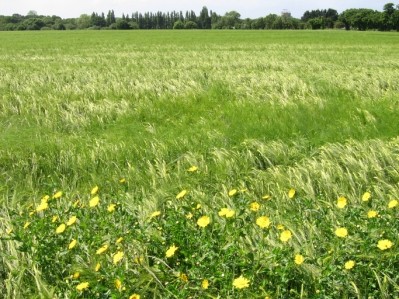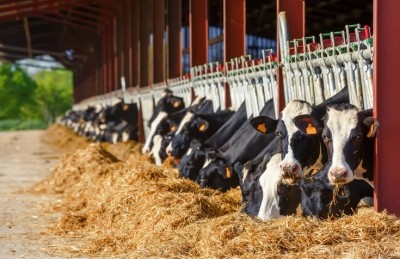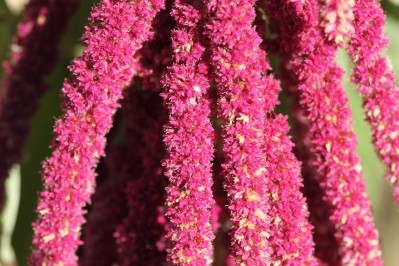Dairy Australia: Farmers need forage variants with improved yield, nutrition and persistence

Chris Murphy, group manager of farm profit and capability at Dairy Australia, said farmers were increasingly interested in forage and pasture alternatives with more favorable profiles.
“…Dairy farmers are ultimately looking for improved yield, nutritive value and persistence,” he told FeedNavigator.
“While there are well established options, such as perennial and annual ryegrass, cereal species or brassica species, there is increasing interest in a range of alternatives such as forage sorghum, tropical and subtropical legumes and fodder and sugar beet.”
Speedier development and commercialization
Murphy said plant breeders were already well focused on developing new varieties to meet the needs of farmers, using advanced techniques like phenotyping and novel endophytes, but it was important these developments were up-scaled.
An initiative between Dairy Australia and the Victorian government of Australia –DairyBio – was a good example of this, he said.
The five-year initiative kick-started in July 2016 with the goal to deliver large-scale improvements in the performance of pastures and herds through bioscience. In pasture development, the aim was to develop methods to produce commercial quantities of hybrid seeds, use new applications of genome editing to improve quality and persistence of feeds and try out new breeding tools.
“Dairy Australia’s R&D partnership in the DairyBio research initiative is creating new tools for plant breeding companies to use DNA information, screen thousands of plants for nutritive quality, and unlock the potential of hybrid vigor.
“The research will help design new breeding programs that will reduce the time needed to develop and commercialize new pasture grasses,” he said.
Research, Murphy said, was strongest through collaboration and international play.
“Dairy Australia has a number of agreements with research groups internationally, including in New Zealand, Ireland, the UK and the US, and draws on these relationships to constantly scan the environment and seek new ideas.”
It was also valuable to draw inspiration from other agricultural sectors, he said.
Dairy Australia was, for example, learning water management and irrigation techniques from the cotton industry.
Supplemental feeds
Murphy said it was not easy for industry to develop optimized diets or feed for dairy cattle, but what cannot be achieved in forage or pasture can be achieved with supplements.
“There are challenges in having the right forage mix – in growing and utilizing a mixed forage base to provide a seamless and consistent year-round supply of quality feed to meet animal requirements – and then coupling with appropriate supplements, to deliver profit and risk management requirements,” he said.
Priorities in supplementary feeds, he said, were in two key areas - nutrition and improved intake in the first 100 days of lactation and feeding strategies for hot summer periods – both of which were important for Australian dairy farmers.











